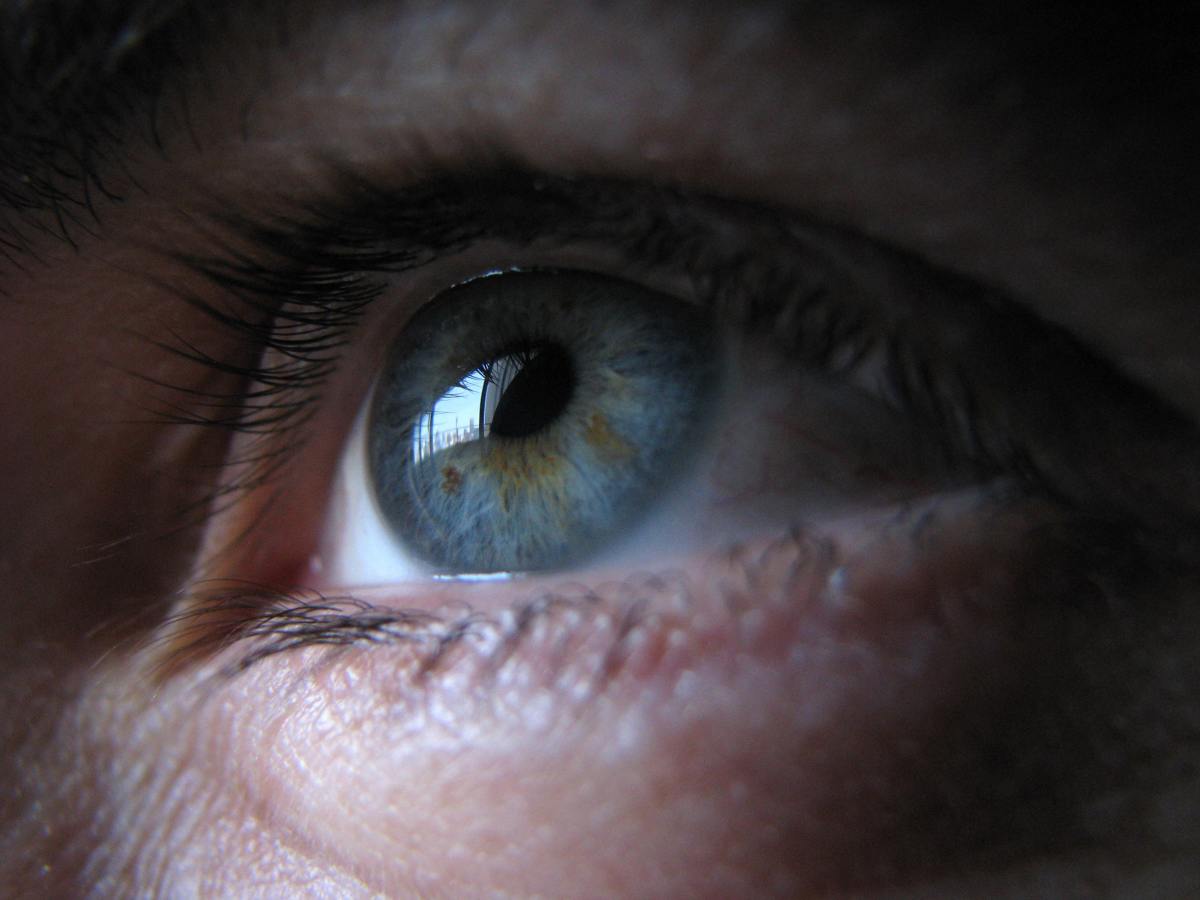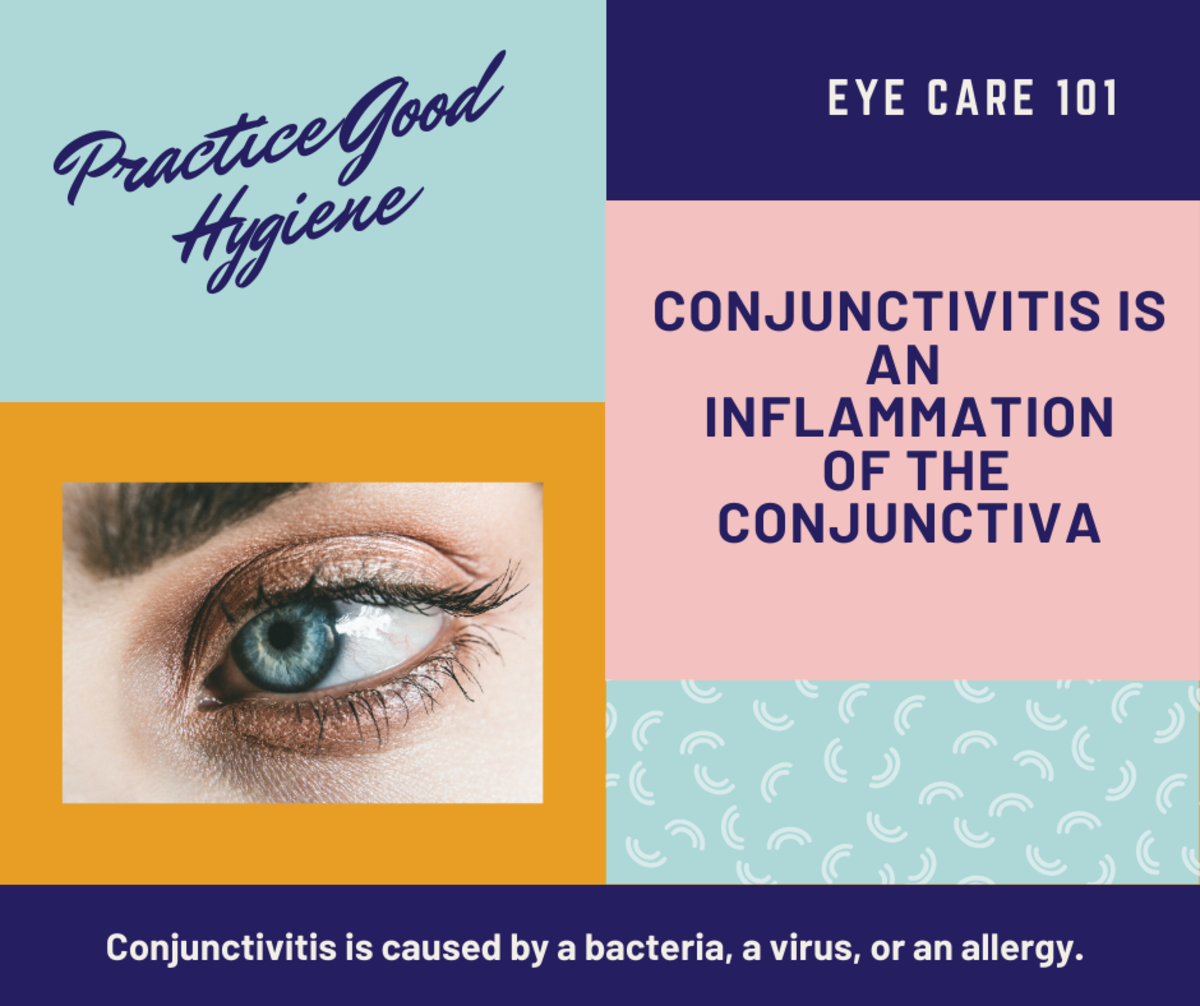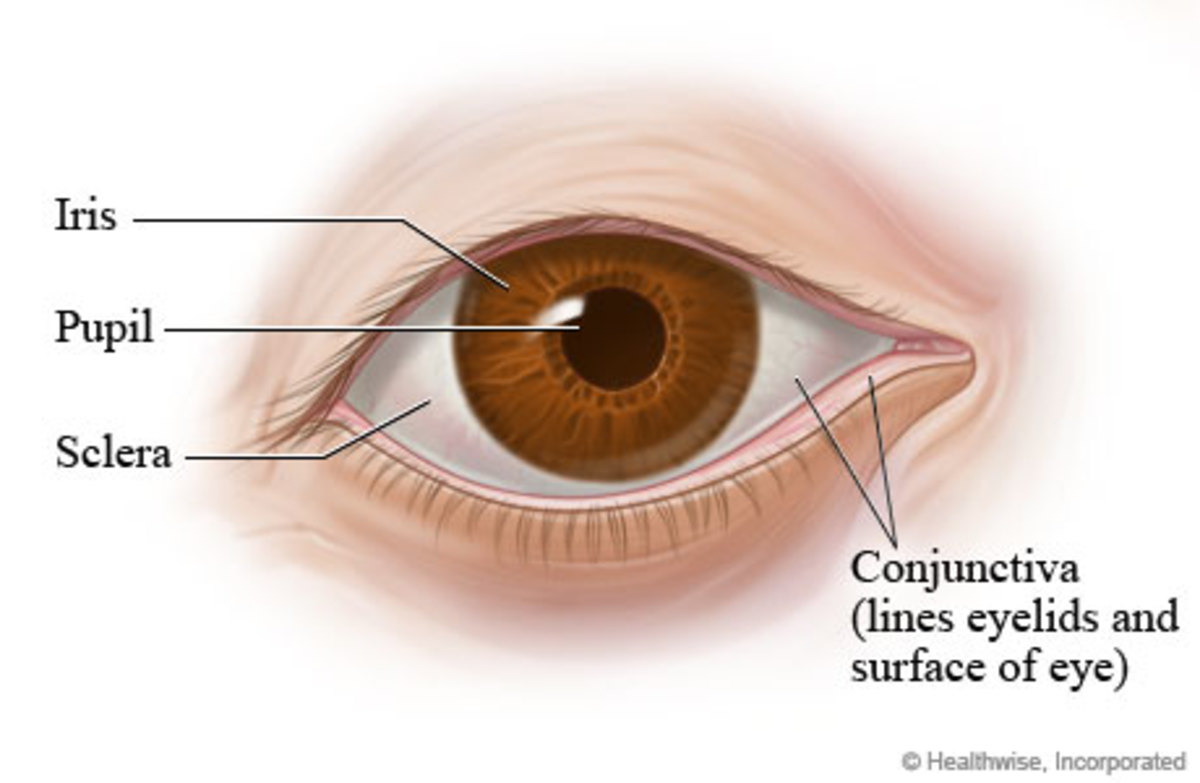Contagious Childhood Diseases
There are many types of diseases that children may acquire throughout the course of their lives. As parents we can monitor them as closely as possible, but, short of placing them in a sterile bubble, they will not be protected from everything. Three of the highly infectious and contagious diseases are: hand, foot, and mouth disease, or HFMD; impetigo; and pink eye .

Hand, Foot, and Mouth Disease: HMFD
HMFD is a virus that is spread through direct contact. It is not the same, nor should it be confused with, the animal virus called: Foot and Mouth Disease, (FMD), also called Hoof and Mouth Disease. FMD affects animals, such as cows, pigs, and sheep, while HMFD affects humans. The virus is not interchangeable.
How it spreads
Direct contact include, unwashed hands that touch others, saliva exchange, mucous contamination, such as a runny nose, or organisms that are transmitted through touching contaminated stool, as in diaper changes. Practicing good hand washing technique is imperative in the prevention of spreading germs.
Time tables
Children, ages ten and younger, are the primary victims of this virus. Predominantly seen during the summer season or early fall, it can also show itself in late spring. The incubation period, time in which the virus is in the body before symptoms develop, is three to six days. The highest time for contagion is during the first week. Recuperation period is approximately a week or two; however, it can remain in the body for weeks after the symptoms have disappeared, meaning that the germ can be passed along after the child’s symptoms have subsided and he is back on the playground.
Symptoms
The first sign of illness is general malaise, poor appetite, sore throat, and fever. Blisters on the palms, soles, buttocks, genitals and legs will show up a couple of days after the fever. Blisters also are noted on the tongue, inside of the cheeks and gum areas. This causes discomfort with eating or drinking.
A blood or stool sample can be collected for evidence of HMFD; however, it takes between two to four weeks for the results. By this time symptoms have abated. It is best to take the expertise of a reputable pediatrician or nurse practitioner if you are unsure what your child has contracted.
Treatment
Antibiotics are not used in the treatment of the HMFD virus and there is no vaccine to inoculate a child against acquiring it. However, once a child is affected immunity results. Comfort measures to treat the symptoms such as acetaminophen for fever, sprays or mouthwash that numb the painful mouth blisters, and non-acidic fluids: ice chips, water, popsicles…to avoid dehydration are part of the treatment plan. Avoid giving aspirin or aspirin products to children, because they have been linked to Reyes Syndrome. Aseptic measures are necessary to decrease the possibility of further contamination. Cleaning surfaces with bleach or a bleach product is important, but the first line of attack against passing on unwanted microorganisms is good hand washing technique.
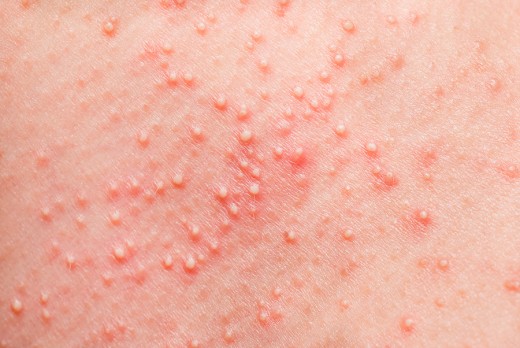
Impetigo
It is the third most common skin condition and it is highly contagious. Commonly caused by staphylococcus bacteria, it can also erupt from streptococcus. It is acquired through contact from an infected person, as well as any contaminated objects: towels, wash cloths, or toys. Entering the body from a cut the incubation period is four to ten days after exposure.
Who is susceptible?
Anyone with a compromised immune system is at greater risk. In addition, a person with a history of eczema or diabetes is also a prime target.
Symptoms
Appearing initially as a small, red, itchy spot on the face near the mouth, nose, or behind the ears, it quickly develops into a crusty blister “filled” with a golden yellow fluid. Additionally, other red spots may orbit around the original one. Fluid will eventually leak from the blisters and the “rash” will continue to spread across the body.
Treatment
Because it can look similar to other forms of dermatitis it is important to get a clinical examination. Once it is diagnosed treatment with oral antibiotics is begun in order to kill the bacteria. Along with this is the treatment for the skin condition with a medicated ointment.
Keep the child’s fingernails cut short, remind her to wash thoroughly and avoid scratching, and do not share towels, face cloths, combs, brushes or other hair products.
Children may return to school after the symptoms of blisters have run its course.
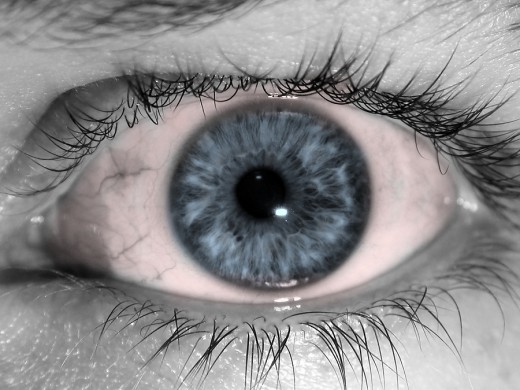
Pink Eye
Pink eye is a highly contagious eye condition. It causes red, swollen eyes, (conjunctivitis), in the conjunctiva and eye lids. Children and adults alike are affected. Pink eye can be viral, bacterial, or from an allergic reaction. There is also a form of pink eye that is rarely seen in the United States, however, it is frequently found in the countries of Africa and the Middle East. This is called Chlamydia Pink Eye and is brought on by the sexually transmitted disease of Chlamydia.
Symptoms
Viral pink eye produces teary eyes that produce clear drainage, often accompanied by a photosensitivity. Itching, burning and redness are other common signs. Bacterial pink eye is caused by either a staphylococcus or streptococcus bacteria. Symptoms are similar to the viral, only the discharge is now yellow to yellow green, and eye pain may be experienced. Pink eye that is caused by seasonal allergies will produce itchy eyes with a clear, watery discharge. Other conjunctivitis may be brought on by animal dander, smoke, or chemicals.
Symptoms of pink eye are intense the first several days and may last up to two weeks. It is always wise to have any conjunctivitis checked out by a healthcare professional.
Treatment
Relief from itchy eyes caused by allergies, smoke, or chemicals can be treated with artificial eye drops. If bacteria are the cause of the conjunctivitis it is important to obtain antibacterial eye drops or ointment. Always wash your hands before and after applying medication. A warm, moist cloth application is also recommended for immediate relief. Keep contact lenses out for the duration of the infection, as well as holding all eye makeup application due to high risk for re-contamination and further irritating the eyes.
- The 5 Most Common Childhood Illnesses
The 5 most common childhood illnesses can become a worrisome...

